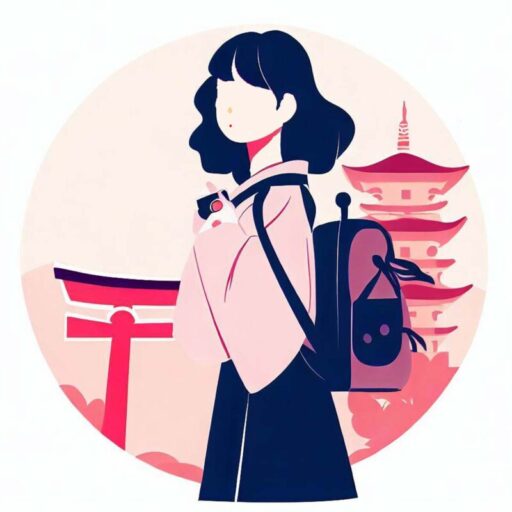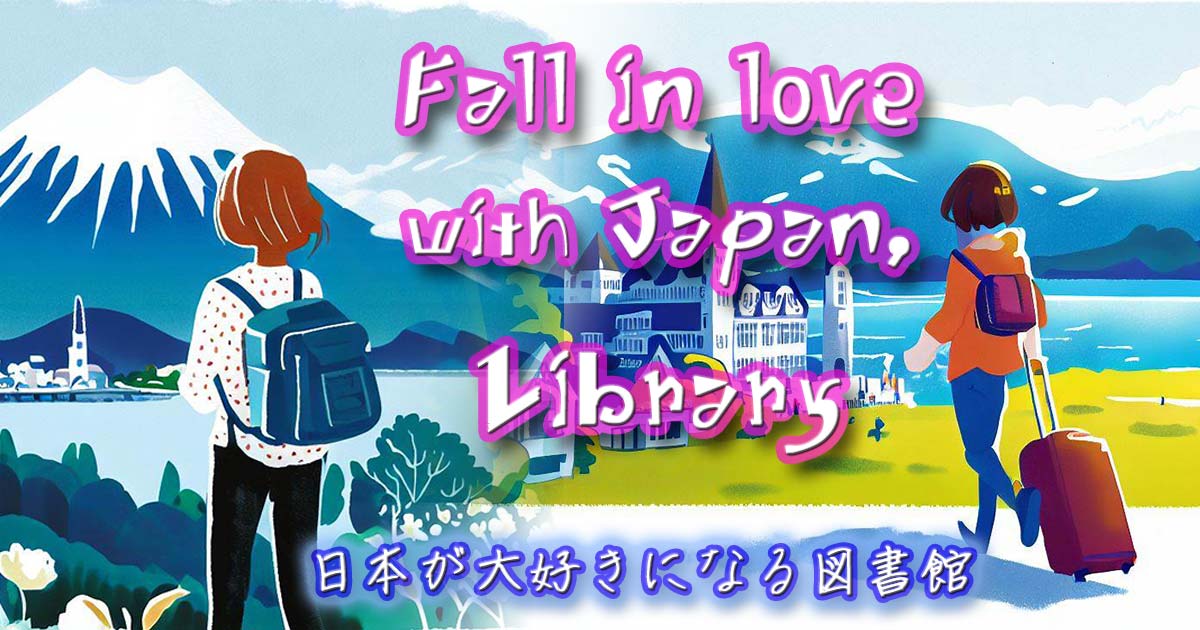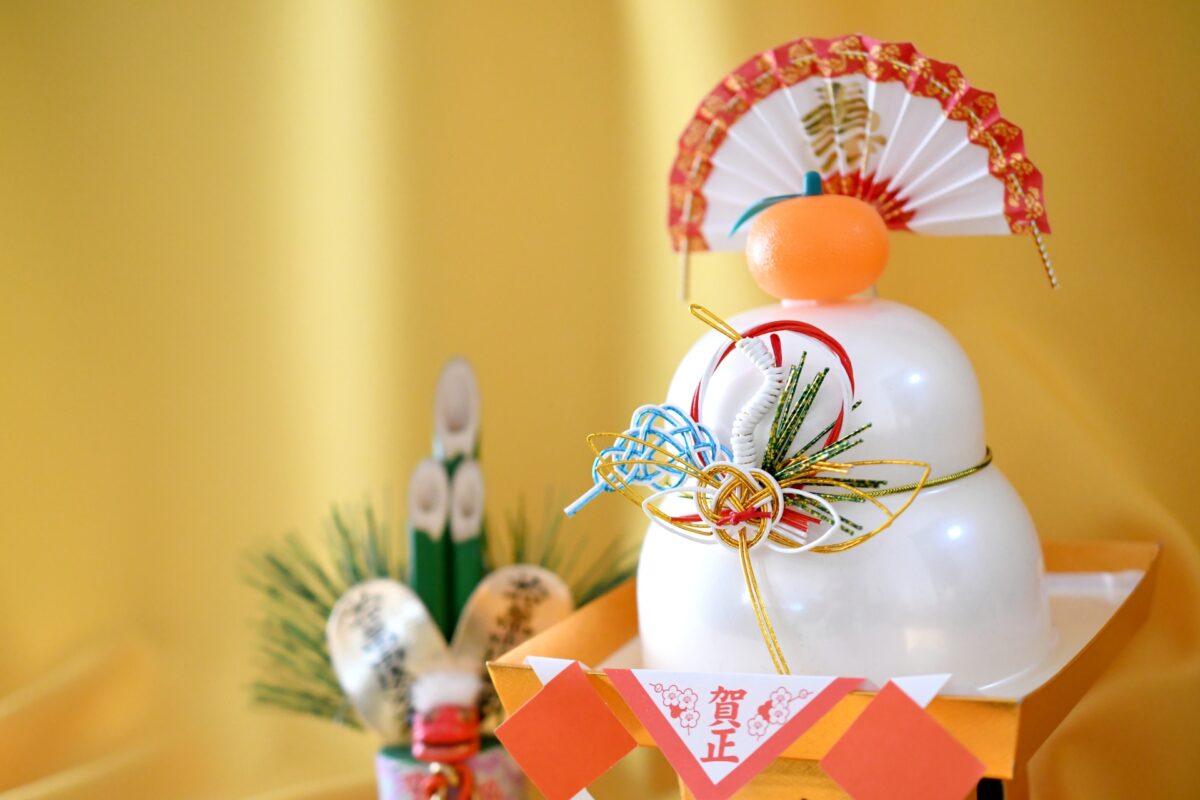Explore the charm of the New Year! Tradition and modern changes in Japan’s 47 prefectures

『 This article is… 』
Dig deeper into the charm of Japanese New Year! Travel writer Kasumi explains everything from the history and origin to the unique customs of each region based on her experience in 47 prefectures. Recommended for those who want to know more about Japanese culture and traditions, and those who want to use it as reference for their travels. By reading, you can feel the depth and diversity of New Year’s holidays in various parts of Japan, and gain new knowledge and discoveries.
New Year’s Day is a traditional Japanese New Year’s holiday. Watching the first sunrise of the year and welcoming the start of a new year is a special moment for many Japanese people. Traveling through 47 prefectures, I realized that how to celebrate the beginning of the year differs from region to region and from family to family.
In this blog, I, Kasumi, would like to talk about the history and origin of New Year’s Day, as well as the characteristics of each region and the changes in modern New Year’s Day, as I have seen and heard about them. What is New Year’s in your area, and how do you enjoy New Year’s in other areas? Let’s experience together the deep charm of the New Year that you may know but don’t know.
History of New Year and its origin
Origin of New Year
The prevailing theory is that the New Year began under the influence of ancient China. New Year’s festivals in ancient Japan were held based on the lunar calendar. This is a calendar in which the first day of a new month is counted as one day, and one month consists of approximately 29.5 days. For this reason, the New Year’s date was at a different time than it is today. However, in 1873, the solar calendar was introduced, and January 1st was set as the start of the new year.
Uniqueness of Japanese New Year
Despite being influenced by China, Japan has developed its own unique New Year’s culture. For example, in China it was customary to eat “Toshikoshi no noodles” on the last day of the year, but in Japan it has come to be eaten as a way to wish for a long life. In addition, Japan’s beautiful “Osechi cuisine,” which is world-renowned, is also based on ancient food culture.
Relationship with Toshigami
There is a belief that the god of the year visits our homes during New Year’s. This year’s god has been regarded as important as a person who prays for a year’s bountiful harvest and the health of the family. Therefore, on New Year’s Day, people prepare to welcome the god of the year by offering “Kagami Mochi” and erecting “Kadomatsu” in front of the gates.
my experience
I have traveled to 47 prefectures, and I was surprised by the differences in how New Year’s is celebrated and how people think about it. For example, in Tottori Prefecture, there is a traditional event called the New Year’s Sea God Festival, and I was moved to see local people praying toward the sea. On the other hand, in the metropolitan city of Tokyo, many people were seen heading out for New Year’s visit. In this way, each region of Japan has its own unique New Year’s scenery.
You can see that New Year’s Day is not just the first day of the year, but a day that has a long history and deep meaning. How do modern Japanese celebrate the New Year while valuing the traditions and culture that have continued since ancient times? In the next part, we will discuss in detail the characteristics of each region and the evolution of modern New Year holidays.
Characteristics and customs of the New Year in each region
Hokkaido: Start the new year with snow
New Year’s in Hokkaido is characterized by bitterly cold weather and beautiful snowy scenery. In some regions, snow festivals are held where people can build snowmen and have snowball fights with family and friends. Furthermore, you can enjoy the bounty of Hokkaido in winter with dishes made with local specialties such as scallops and cod roe.
Kyoto: New Year’s Eve respecting tradition and formality
Kyoto is a city where you can feel a strong sense of Japanese history and tradition. New Year’s Day is no exception, with many traditional events taking place. New Year’s visits to famous places such as Kiyomizu Temple and Heian Shrine are crowded with people. I was also able to see the “Gozan Okuribi.” This is a traditional event where a fire is lit on top of a mountain to pray for happiness in the new year.
Okinawa: A warm tropical New Year
New Year’s in Okinawa is a little different from other regions. The warm climate allows for outdoor activities and play. You can see traditional lion dances and Eisa dances being performed. In addition, the seasonal cuisine was unique, and I was able to enjoy dishes unique to Okinawa, such as “kubui ritchi”, a boiled pig’s ear, and sweet “shikuwasa” juice.
Fukuoka: New Year’s Day where Kyushu’s culture intersects
As the central city of Kyushu, Fukuoka is a place where various cultures intersect. The New Year holidays are also characterized by a mixture of traditions and customs from all over Kyushu. In particular, the design of “Kadomatsu” is different from other areas. I visited Hakata Hatsunode Market in Fukuoka. Various lucky charms are sold here to pray for happiness and prosperity in the new year.
While traveling across a wide area of Japan, I was able to experience the characteristics and customs of the New Year in each region. Each region has its own culture and events based on a long history and tradition. In the next part, I would like to explore in detail the modern changes and new customs of the New Year.
Modern changes in the New Year and new customs
The changing scenery of the New Year
The scenery of the New Year has also changed with the times. In the past, people valued New Year’s holidays together as a family, but in modern times, New Year’s trips such as overseas trips, ski trips, and hot spring trips have become popular, especially in urban areas. In fact, according to a survey by JTB, the number of New Year’s travelers has been increasing year by year in recent years, and it seems that it is becoming especially popular among the younger generation.
A new way to celebrate online
With the development of digital technology, the way we celebrate the New Year has changed. For example, an increasing number of people are using Zoom or Skype to enjoy online New Year’s parties with family and friends who live far away. This allows us to celebrate the new year together, despite physical distance.
New Year’s celebration with an ecology in mind
With the rise of environmental issues, we are beginning to see ways to spend New Year’s holidays with ecology in mind. At one time, the large numbers of New Year’s gift bags and wrapping paper that were thrown away were a problem, but in recent years reusable cloth bags and eco-friendly packaging have become popular. Additionally, many households are sharing ideas and recipes on social media to reduce food waste.
my experience
While feeling the modern New Year scenery in 47 prefectures, I also tried something new. Some cafes in Tokyo offer “vegan osechi” only for New Year’s Day, which is a plant-based reproduction of traditional osechi cuisine. It was a heart-warming experience to discover a new way to enjoy the New Year that is conscious of health and the environment.
Nowadays, new ways of spending the New Year and culture are being cultivated while preserving the traditional customs of the New Year. Because we live in an age where tradition and newness intertwine, Japanese New Year holidays are diverse and rich. In the next part, we would like to delve deeper into the various events and events that decorate the New Year.
Events and events that decorate the New Year
Hatsumode: An essential event to start the new year
Hatsumode is an event that is held all over the country as a New Year’s tradition. People visit shrines and temples to pray for safety, family health, and business prosperity in the new year. Every year, I also make sure to visit famous shrines and temples in the area I travel to for the New Year’s visit. In particular, Meiji Jingu Shrine in Tokyo and Sumiyoshi Taisha Shrine in Osaka were crowded with worshipers, giving us a unique New Year’s atmosphere.
Dondoyaki: Burn old bills and kadomatsu and return them to the god.
Dondoyaki is an event where old amulets, decorations, kadomatsu, etc. are burned. By doing this, we express our gratitude to God for the past year and pray for good health in the new year. In particular, the “Nishinomiya Dondoyaki Festival” is held in Nishinomiya City, Hyogo Prefecture, and the sight of local people coming together to light a large fire is a sight to behold.
Karuta Tournament: A traditional game to liven up the New Year holidays
Karuta, which is based on the “Hyakunin Isshu”, is a popular New Year’s game. Karuta tournaments are held all over the country, and men and women of all ages are enthusiastic about it. I also participated in the Atami Karuta Tournament in Shizuoka Prefecture and was able to experience the fun of karuta with the locals.
First dream: a tradition that predicts the fortunes of the new year
Hatsuyume is a dream that occurs during the New Year and is said to predict good or bad fortune. In particular, dreams of Mt. Fuji, hawks, and eggplants are known to be auspicious. Last year, after seeing Mt. Fuji in my first dream, I actually traveled to Fujinomiya City in Shizuoka Prefecture and was able to see its beauty firsthand.
The New Year is a time when many ancient traditional events and events take place. Each event is filled with the wishes and gratitude of our predecessors, and the appeal of Japanese New Year’s is to usher in the new year while inheriting these wishes. In the next part, we will explore in more detail what role it plays in modern New Year’s holidays.
The role of New Year and modern society
Opportunity for rest and refreshment
New Year’s Day is often the longest holiday of the year, and for many people it is an important opportunity to rest and refresh. Modern Japanese people are said to have long working hours and are prone to stress, but during this period they focus on spending time with family and friends, allowing their mind and body to rest.
Time to strengthen bonds with family
Many people may feel that modern families are spending less time together on a daily basis due to their busy schedules. However, New Year’s Day is an opportunity for all family members to gather together, and it is an important time to reaffirm and deepen family bonds, such as talking about the past and eating together.
Reconnecting with traditional culture
Nowadays, SNS and the Internet have become widespread and we are flooded with global information. The New Year is an opportunity to reaffirm Japan’s unique traditions and culture and pass them on to the next generation. In one area of Kumamoto Prefecture that I visited, there was an event where local children learned traditional dance and performed it on New Year’s Day. Through these activities, children can understand and be proud of their roots and traditions.
The starting line of a new year
New Year’s Day means the beginning of a new year. By setting new goals and resolutions, you can welcome the new year with a positive mindset. Every year, I make it a goal to plan a trip or try something new during New Year’s Day, and this is what motivates me to enjoy the new year.
The New Year is a time to rest and refresh, strengthen bonds with family, reconnect with traditional culture, and serve as the starting line for a new year. These things can be said to be extremely important for those of us living in modern society. Reaffirming these values through the New Year and applying them to daily life may be one of the keys to living a richer life.
Summary and thoughts
New Year’s is an event with a long history and tradition in Japan that is still loved by many people. We have explored its charm from various angles, from its origins and history to the unique customs of each region, and the role and value of New Year’s in modern society.
Through this article, I think I was able to learn about the deep meaning and background of New Year’s Day. In particular, the differences between regions and the role of New Year in modern times are closely related to our daily lives. By preserving traditional events and customs while finding new value, New Year’s will continue to be an essential part of our lives.
As Kasumi, I have traveled to 47 prefectures and have been able to experience the differences in New Year’s customs and events in each region. By learning about the charm and characteristics of each region, I was able to appreciate the diversity and depth of Japan as a whole.
Finally, New Year’s Day marks the beginning of a new year. We recommend that you take this opportunity to set new goals and resolutions and start the year with a positive mindset. I hope you enjoy the new year while valuing the traditions and culture of the New Year.
Kasumi point
- Fukuoka Prefecture – Tamasuka Festival
“Kasumi Point”: This festival, held at Dazaifu Tenmangu Shrine in Fukuoka Prefecture, is held during the New Year, and is an event in which young people fly large kites made of bamboo into the sky. This kite flying is held to pray for good health and a bountiful harvest for the coming year. It is a spectacular sight to see local people working together to make kites and fly them high into the sky. - Iwate Prefecture – Chigiri-e ritual
Kasumi Point'': TheChigiri-e Shinto ritual” held in some areas of Iwate Prefecture is a tradition in which children who visit homes during the New Year bring chigiri-e paintings made of paper or cloth and sing songs while showing them. It is a special event. This is said to be used to pray for a year of safety and a good harvest. - Aichi Prefecture – Taketori Fire Festival
“Kasumi Point”: This festival is held in Nishio City, Aichi Prefecture. During the New Year, large bamboo pieces are stood diagonally and a fire is lit inside. This has the meaning of entrusting bad things and disasters to bamboo and burning them away, and is an event to welcome the new year in a refreshing manner. - Tottori Prefecture – Misasa Tamakushi Festival
“Kasumi Point”: The Tamakushi Festival, held at Misasa Shrine in Misasa Onsen, is an event during the New Year in which men carry large tamagushi, about 10 meters long, on their backs to the shrine. This prays for a good harvest and good health throughout the year, and also has the meaning of showing the strength of young people. - Nagasaki Prefecture – Nagasaki Castella New Year
“Kasumi Point”: Nagasaki is famous for its castella, and a special castella appears during New Year’s. This castella is decorated for the New Year and is meant to wish for prosperity and happiness for the coming year. Families in Nagasaki welcome the new year by sharing this special castella with their families.
Each region of Japan has many unique customs and events related to the New Year. These are important objects that allow you to feel the history and culture of the area. Through my travels, I was able to experience these traditions and rediscover the depth and charm of Japan.






